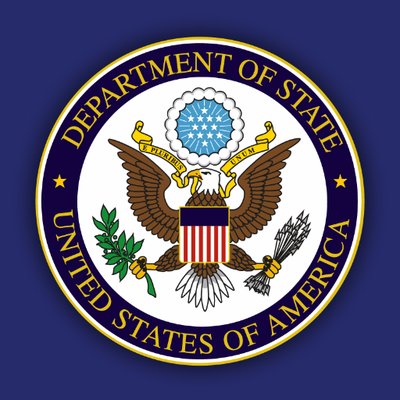The two-day Iranian nuclear negotiation concluded in Geneva on 16 October. The six countries (P-5 plus Germany) and Iran reached a joint statement for the first time. All parties were quite positive towards a resolution of the Iranian nuclear issue, described the negotiation as “intense, detailed, straightforward and candid,” and committed to another round of talks on November 7-8.
Unlike previous negotiations, the Geneva negotiation was the first international conference on the Iranian nuclear issue since the moderate leader Hassan Rouhani was elected as the Iranian President. Before the conference, both the US and Iran showed evidence of goodwill, with Iran releasing political prisoners, and Rouhani delivering a mild speech at the UN General Assembly. Presidents Barack Obama and Rouhani even had a fifteen-minute “historic” conversation over the phone on September 27, breaking a 34-year freeze. It is fair to say that Rouhani’s election, expression of good will, and direct contact with Obama has opened a window of opportunity for an improvement in US-Iran relations, and the negotiation over the nuclear issue. People on both sides need to seize this historic opportunity to build up mutual trust and seek a breakthrough in negotiations, with innovative schemes and a spirit of compromise.
Whether there will be sincerity and trust in the negotiations depends to a large extent on the motivations behind the two sides’ recent moves. Judging from the domestic and international situations of both countries, improving bilateral relations and allowing the nuclear issue a soft landing serves their shared interests and constitutes the greatest common factor for the two sides to resolve the tough problems they face. For the US, the difficulties that the Obama Administration faces in healthcare reform and domestic budgeting highlights the constraints of partisan politics on major strategic decisions. The protracted Syrian crisis and the indecisive US policies have undermined US prestige, and the Obama Administration urgently needs to produce some more decent results in its diplomatic efforts in the Middle East. Moreover, getting rid of restrictions and constraints from the Middle East, such as the Iranian nuclear issue, will be conducive to deploying and implementing the “pivot to Asia” strategy.
For Iran, the first problem for Rouhani to confront and resolve has been the increasingly severe domestic economic situation. With increased Western sanctions in the past few years, the Iranian economy has suffered a major downturn. On the one hand, revenue generated from oil exports has decreased, prices of imported goods have risen sharply and the Iranian currency has seen a large depreciation. On the other hand, inflationary pressure has increased. The month-on-month inflation rate is as high as 40% and some statistics show an unemployment rate of 24%. Economic problems are no longer constrained within the economic field, and may well undermine public support of the ruling group, hence turning it into a social or even a political problem. Since the root of Iran’s economic problem lies with sanctions on the nuclear program, if Rouhani is going to improve the economy then he has to seek the cancellation or at the least relaxation of sanctions by the West. In other words, the new Iranian President has to be more innovative and flexible in diplomatic policies, including that the nuclear issue.
In this regard, the new Iranian Foreign Minister Zarif, a veteran diplomat with a fair reputation and extensive connections in the West, was designated as chief representative to this round of nuclear negotiations to demonstrate innovativeness and flexibility. Zarif not only made his statement in English for the first time in the nuclear talks but also introduced a creative three-step roadmap. According to the Iranian plan, during the first half-year of negotiations, concerned parties should work to build up confidence. The objective of negotiations will be an Iranian compromise on its uranium enrichment program in exchange for the removal of sanctions. The second and third steps constitute a period of consolidated mutual confidence, and deeper and more detailed negotiations, involving specific aspects of Iranian compromises and the parallel Western steps to gradually lift sanctions. Although specific steps remain confidential, the general direction seems to be correct and worth looking at. Iran will presumably make compromises in terms of the level and scale of enrichment, with increased transparency and openness, by allowing US inspectors access to suspect facilities or even surprise inspections. In exchange, they may want international recognition of Iran’s nuclear rights, including the right to enrich their uranium. The US and other Western countries will need to gradually lift their sanctions to respond to and encourage the new Iranian government towards a track of openness and cooperation.
Such an exchange should be the best option for Iran and the US to achieve a win-win solution. A “soft-landing” on the Iranian nuclear issue will be a favorable factor for a diplomatic resolution of the Syrian crisis. But this seemingly bright path may not be so smooth. Pressures from Israel as well as conservatives in both US and Iran stand like railroad switch points, which may stop the train or force it onto a different track.
He Wenping is a Researcher at the Institute of West Asian and African Studies, CASS.



